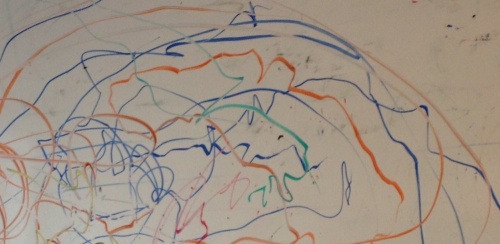20.109(S14):Microbiome summary
Contents
Overview
The culminating assignment for Module 1 will consist of two elements: an abstract that succinctly describes your bird microbiota investigation, and a thorough summary of your data in figures and supporting text –– including context for understanding the work’s broader implications.
The target audience for this report is a scientifically literate reader who is unfamiliar with your specific field. Thus, you can assume rapid comprehension – but not a priori knowledge – of technical information, and consequently should strive to present your work in a logical, step-by-step fashion.
Logistics
You will complete this assignment in pairs. Be sure to review the 20.109 statement on collaboration and integrity as you proceed.
Method of Submission
Please submit your completed summary on Stellar, with filename TeamColor _LabSection_Mod1.doc (for example, Rainbow_TR_Mod1.doc).
Be sure to review the class late policy (link) as well as the further clarification below.
First Draft Submission: March xxth/yyth
The first draft of your research article is due by 11 am on March 12th (Tuesday) or March 13th (Wednesday), according to which day you have lab.
Professor Runstadler will comment on your submissions and assign them a draft grade. Additionally, a writing instructor will give feedback about abstract structure and comprehensibility.
Revised Article Submission: April yth/zth
Your commented first draft will be returned on March 21st (Thursday) or 22nd (Friday). You will then have the opportunity to revise your report for up to a one and one-third letter grade improvement. In other words, a C can be revised up to an B+, a C+ to an A-, a B- to an A, etc. ) The final draft is due by 11 am on April 4th (Thursday) or April 5th (Friday), according to which day you have lab. Please highlight any substantial revisions to your text, for example, by using a different colored font or a track changes function.
Late Policy Clarification
Penalties for a late draft are direct. A late draft that is not revised will have the penalized grade recorded. For example, a B paper that is one day late and not revised will be recorded as a B-. If submitted on time, the B paper could go up to an A+, while the penalized B- paper can go up "only" to an A.
Penalties for a late revision affect the maximum possible grade. A revision that is one day late can only go up one full letter grade, one that is two days late can only increase by two-thirds of a letter grade, etc. For example, a B paper that is not late can earn up to an A+, that is one day late can earn an A, that is two days late can earn an A-, that is three days late can earn a B+, and that is four days late cannot improve on the B.
Guidelines on Formatting and Length
We recommend that you prepare your document in a drawing program such as PowerPoint, using a portrait rather than landscape layout. This approach will allow you to create your figures with minimal hassle but maintain the look of a document rather than a presentation.
Core document length should be about xx pages, and certainly not exceed yy pages. Though somewhat variable, typical section lengths (including both text and figures) might be:
- Background and motivation: ~2 pages
- Data presentation and interpretation: ~x-y pages
- Implications and future work: ~1-2 pages
